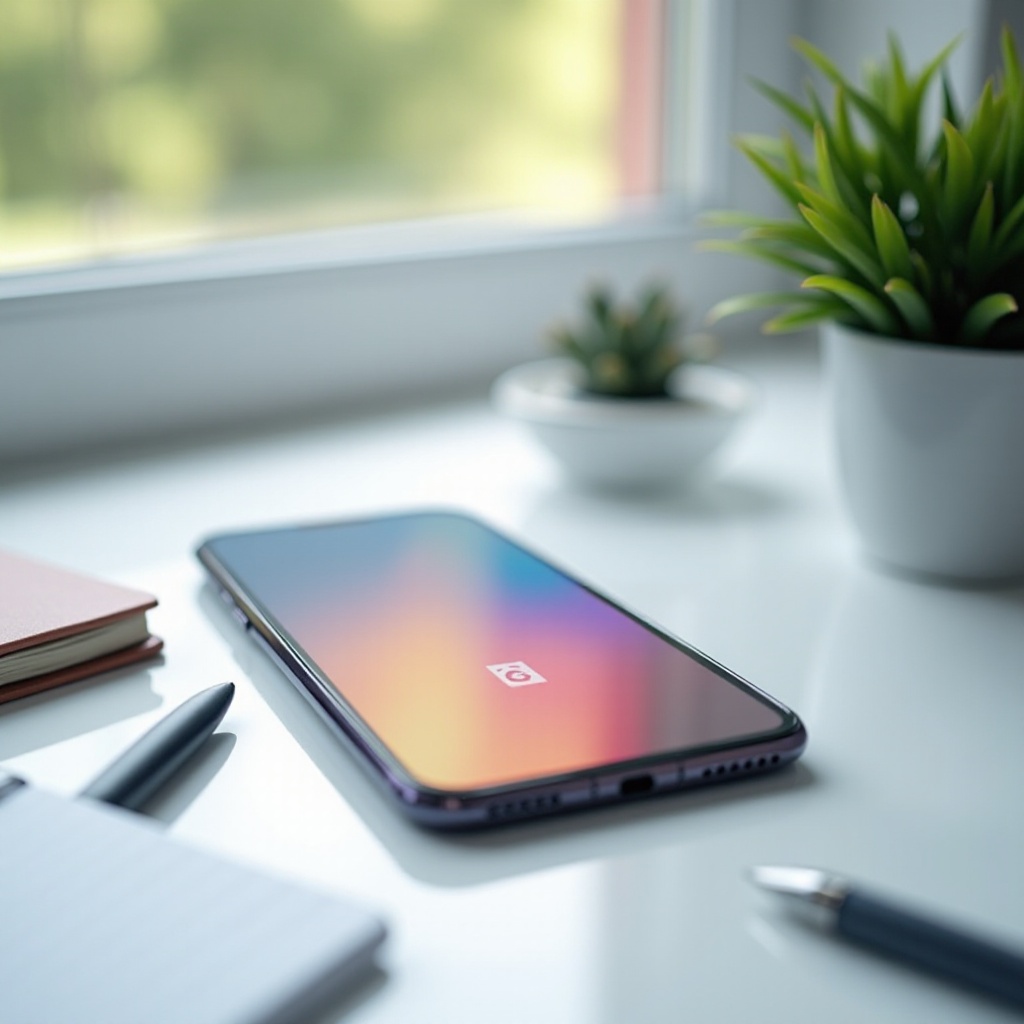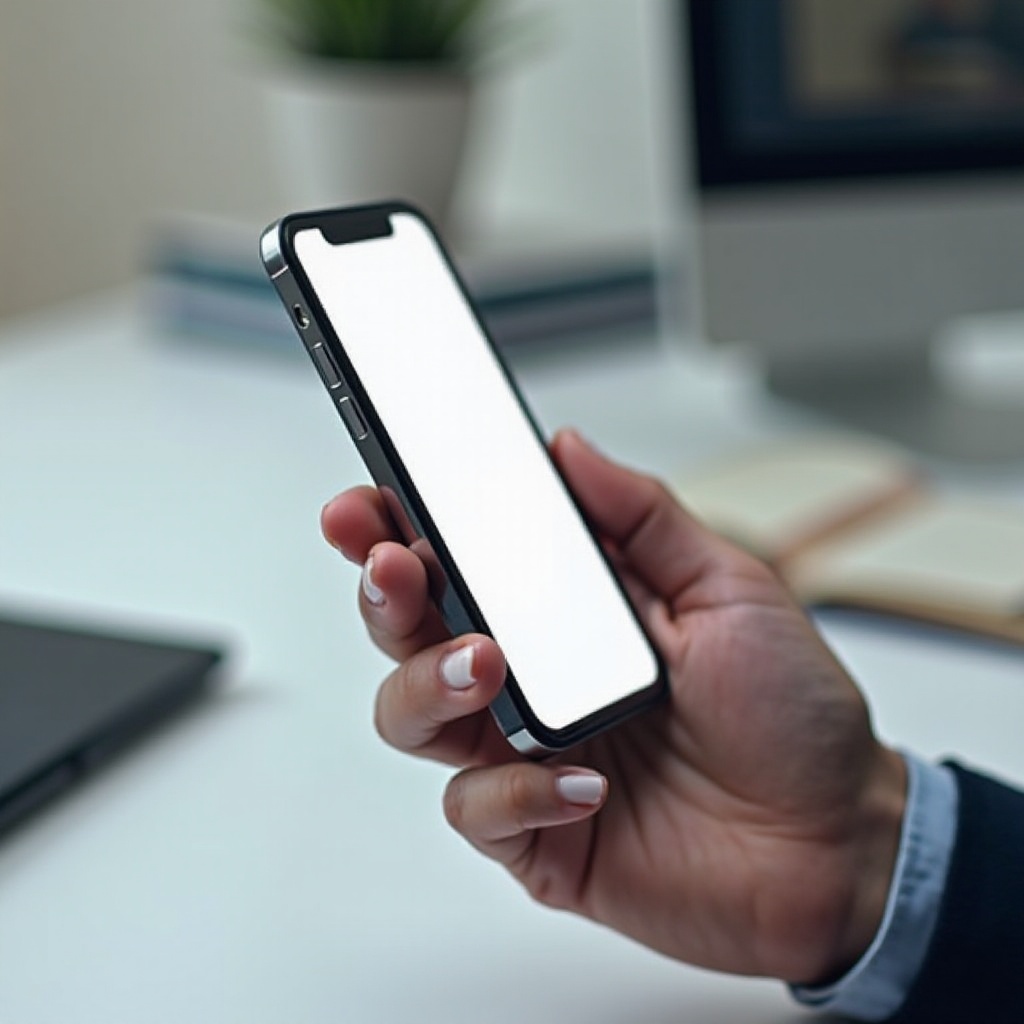Introduction
Creating stunning phone mockups is essential for showcasing your mobile app design. Mockups provide a real-world context to your design, helping stakeholders visualize the final product and understand how users might interact with it. This guide will walk you through the process of creating creative and visually appealing phone mockups that can elevate your app design and drive engagement.

Understanding Creative Phone Mockups
Phone mockups are digital representations of your mobile app, placed within an image of a phone. They serve as a bridge between your app’s wireframe and the final product. Using creative phone mockups, designers can present their app in a realistic and attractive way, making it easier for stakeholders to grasp the design’s functionality and aesthetics.
Creative phone mockups offer numerous benefits. They can highlight the unique features of your app, showcase different screens and interactions, and provide a polished and professional look. Whether you are pitching to investors, presenting to clients, or sharing with your team, well-crafted mockups can make a significant impact.
Essential Tools and Resources for Designing Phone Mockups
To create effective and creative phone mockups, you need the right tools and resources. Here are some essential ones:
- Design Software: Tools like Adobe XD, Sketch, and Figma are perfect for creating detailed and interactive mockups. These platforms offer a range of features that can help you design, prototype, and collaborate with ease.
- Mockup Templates: Many websites, like Envato Elements and GraphicRiver, offer high-quality mockup templates. These templates can save you time and provide a professional look with minimal effort.
- Stock Images: Use high-resolution images of phones from sites like Unsplash, Pexels, or Shutterstock. These images can serve as backgrounds for your mockups, enhancing their appeal.
- Plugins and Add-ons: Enhance your design software with plugins like Craft for Sketch, which synchronize your design with mockup templates, or Angle for Figma, which provides advanced mockup options.
These tools and resources will help streamline your mockup creation process, ensuring your designs are both effective and aesthetically pleasing.
Steps to Create Creative Phone Mockups
Creating stunning phone mockups involves several clear steps. Follow these guidelines to ensure your mockups are both effective and engaging.
Research and Conceptualize
Begin by understanding the purpose of your mockup. Identify the key features you want to showcase and consider the target audience’s perspective. Research similar mockups for inspiration and determine the style that best represents your app. Conceptualizing your design before jumping into software will save time and help create a coherent final product.
Choose the Right Software
Selecting the right design software is crucial. Consider the specific needs of your project and choose a platform that aligns with them. Tools like Adobe XD, Sketch, and Figma are industry standards, offering a wide range of features. These programs support prototyping, collaboration, and have vast libraries of resources and plugins.
Design Your Mockup
- Start with a Template: Use a high-quality phone mockup template. Customize it to fit the dimensions of your design.
- Create Screens: Design the individual screens of your app within your chosen software. Ensure that each screen is visually consistent and follows your app’s overall design language.
- Add Realistic Elements: Incorporate realistic elements such as gestures, shadows, and reflections. These enhancements can make your mockups look more engaging and professional.
- Position Your Screens: Place your app screens into the phone template. Adjust the positioning and perspective to ensure it looks natural and realistic.
Test and Iterate
Once your initial mockup is ready, gather feedback. Share the mockup with your team, stakeholders, and potential users. Use their input to identify any areas for improvement. Iterate on your design based on this feedback, refining elements to ensure the final product meets everyone’s expectations. Testing and iteration are crucial to creating a mockup that effectively showcases your app’s potential.

Best Practices for Making Your Mockups Stand Out
To make your phone mockups truly exceptional, consider implementing these best practices:
- High-Quality Images: Always use high-resolution images for your phone mockups. Low-quality images can undermine the professionalism of your design.
- Consistency: Maintain a consistent design language across all screens. This consistency helps in creating a seamless user experience.
- Realistic Presentation: Add realistic elements, like shadows and reflections, to your mockups. Realism can make your presentation more compelling and believable.
- Engaging Context: Place your phone mockups in an engaging context. Using background scenes or hands holding the phone can make your design more relatable and appealing.
Following these best practices can enhance the overall impact of your phone mockups, making them more effective in conveying your design vision.

Conclusion
Creating stunning phone mockups is an essential skill for any mobile app designer. By understanding the purpose of mockups, utilizing the right tools, following a structured design process, and implementing best practices, you can craft mockups that are both creative and impactful. These mockups will not only showcase your app’s design beautifully but also help you communicate your vision effectively to stakeholders.
Frequently Asked Questions
What is a phone mockup and why is it important in mobile app design?
A phone mockup is a digital representation of a mobile app displayed within the image of a phone. It is important because it helps visualize the app in a realistic setting, making it easier for stakeholders to understand the design and functionality.
Which software is best for creating phone mockups?
Popular design software like Adobe XD, Sketch, and Figma are highly recommended for creating phone mockups. They offer extensive features for designing, prototyping, and collaboration.
How can I make my phone mockups more realistic and engaging?
To make your phone mockups more realistic and engaging, use high-quality images, incorporate realistic elements such as shadows and reflections, and place your mockups in an appealing context.